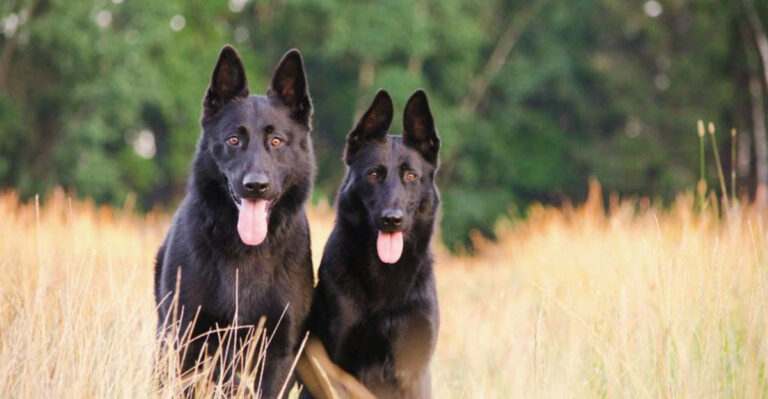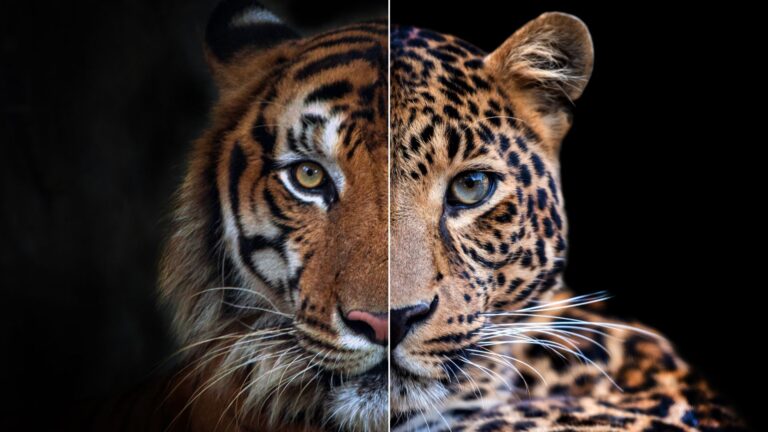17 Easy Ways To Tell If A Snake Might Be Venomous
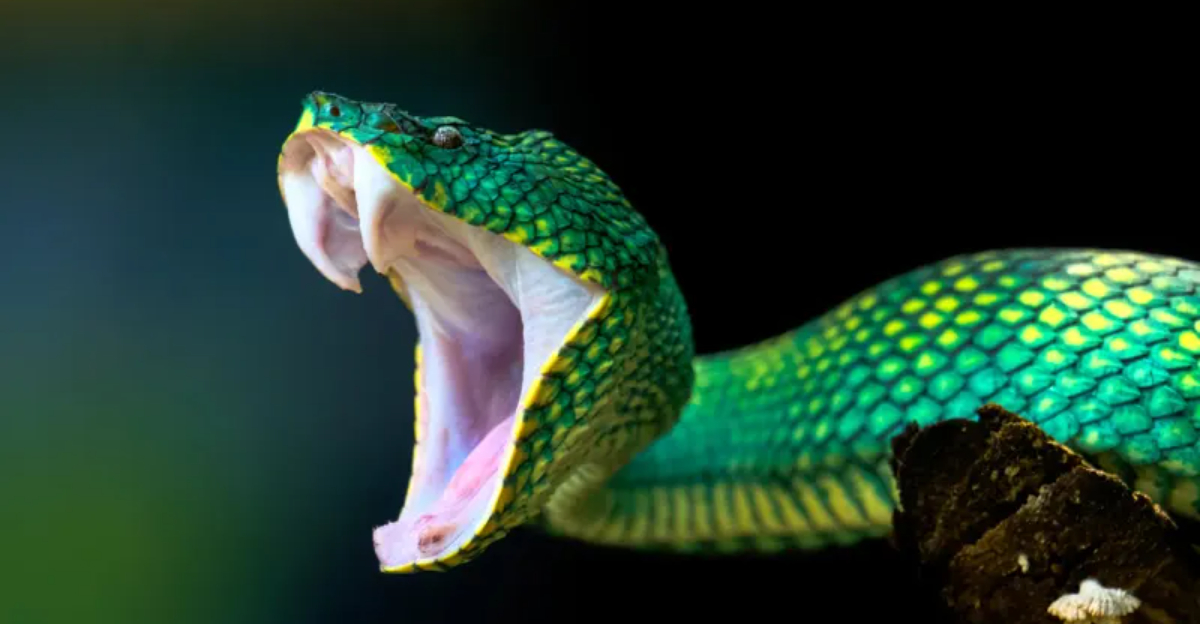
When encountering a snake, it’s essential to know whether it’s venomous or not, as some species can pose a serious threat to your safety. While many snakes are harmless, a few can deliver potent venom that requires immediate medical attention.
Fortunately, there are several signs to look out for that can help you determine whether a snake is venomous. In this article, we’ll explore 17 easy ways to identify potentially dangerous snakes, helping you stay safe while enjoying nature.
1. Behavior
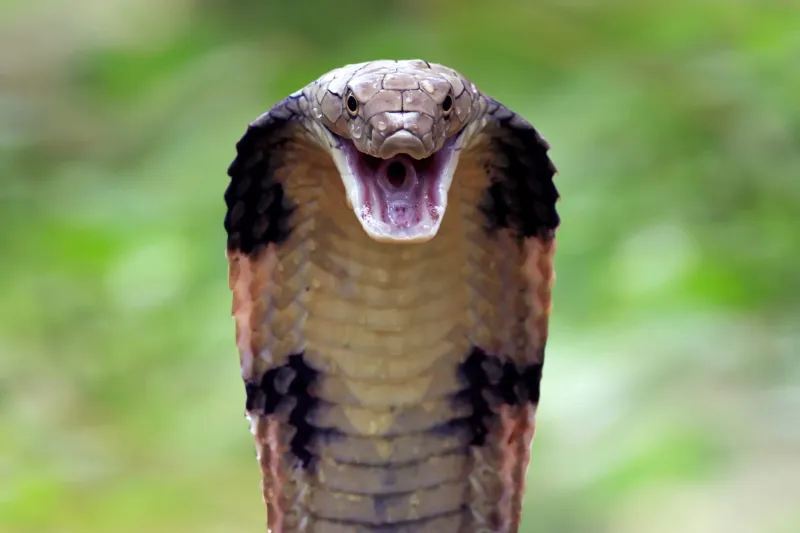
A snake’s attitude can say a lot—some venomous ones are quick to put on a show. Think cobras flaring up or rattlesnakes shaking their tails like maracas.
Those dramatic moves are nature’s way of saying, “Back off!” It’s all about self-defense, not picking a fight.
On the flip side, a chill snake that ignores you might be harmless—or just sneaky. Some venomous types stay still to stay hidden.
2. Local Knowledge
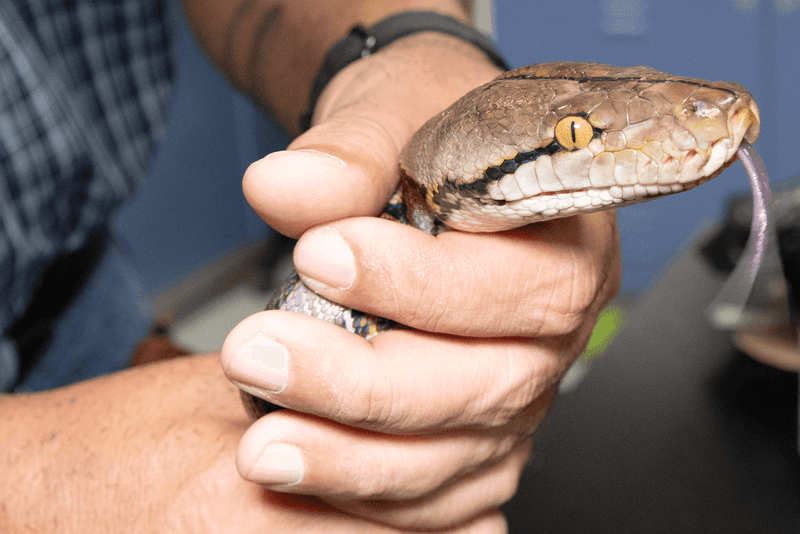
When it comes to snakes, locals know best. They’ve seen what slithers around and can tell you which ones to watch out for.
Chat with rangers, guides, or even curious neighbors—they’ve got stories and solid advice. Real encounters beat guesswork any day.
Mix that local wisdom with your own ID skills for double the power. It’s teamwork, snake-style.
3. Eye Positioning
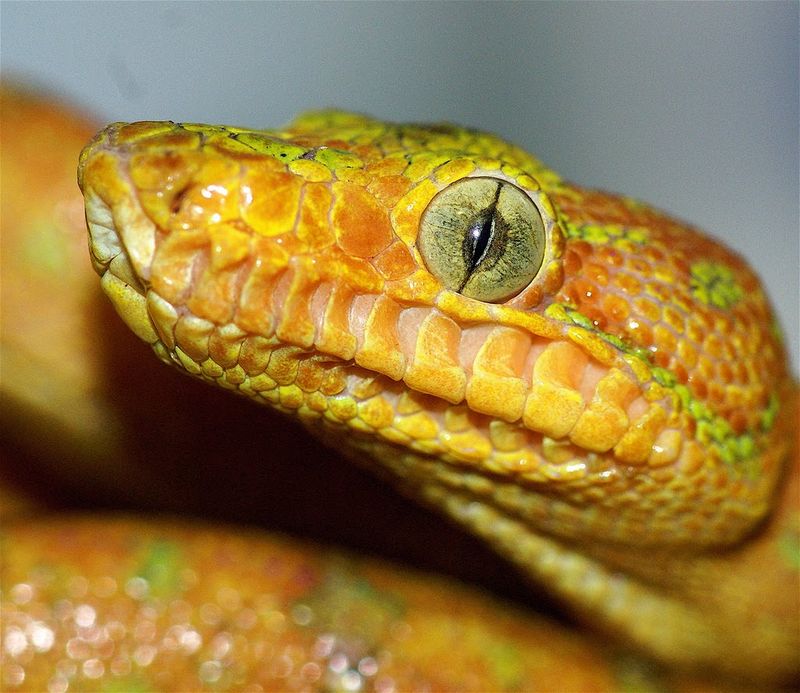
Eye positioning can offer vital clues about a snake’s potential danger. Picture a snake with eyes facing forward, locked in a focused gaze amidst dense jungle foliage.
This forward positioning is often seen in venomous snakes, aiding in their precise strike capabilities.
The intense, calculating look of such snakes is mesmerizing yet intimidating, reflecting their predatory prowess. It’s a subtle but significant marker that demands attention.
4. Pupil Shape
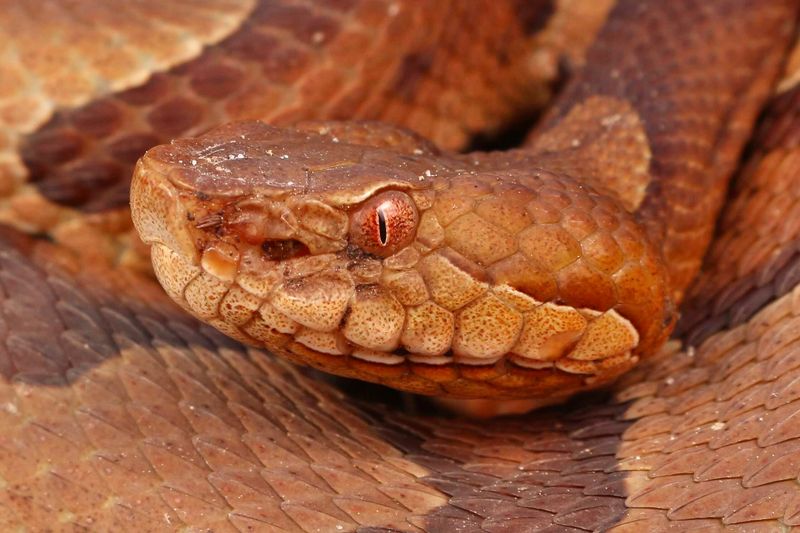
One trick for spotting venomous snakes? Check the eyes—but from a distance, of course. Slit-shaped pupils, like a cat’s, often mean danger.
Snakes like pit vipers and rattlesnakes rock those vertical pupils. It’s nature’s subtle warning sign.
On the flip side, round pupils usually mean non-venomous. But don’t rely on this alone—snakes can be sneaky.
Lighting and stress can mess with pupil shape, so it’s not foolproof. Think of it as one clue in a bigger puzzle.
5. Head Shape
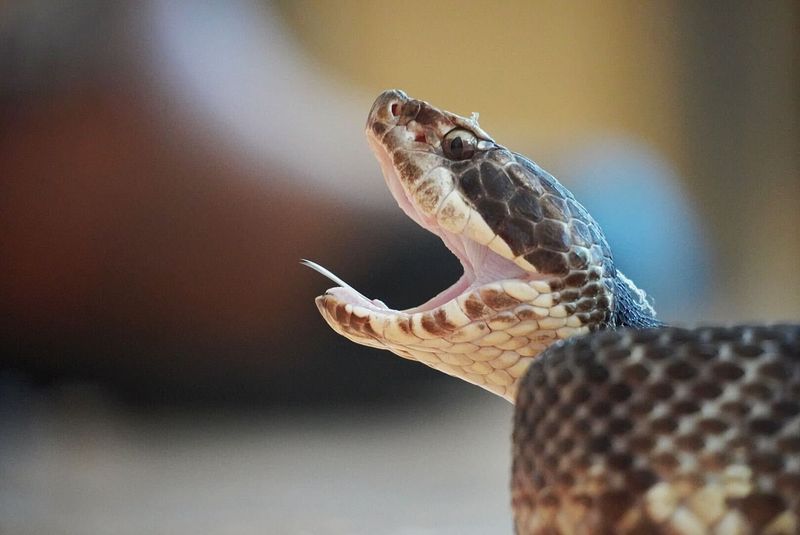
Head shape can be a big clue when checking if a snake is venomous. Many venomous snakes have a wide, triangle-shaped head thanks to venom glands behind the eyes.
That classic “arrowhead” look? It’s common in vipers. But watch out—some harmless snakes fake it like pros.
Look at the neck too! Venomous snakes often have a clear neck before the head widens. Non-venomous ones tend to be more uniform.
Don’t get too close – your safety comes first.
6. Color Patterns
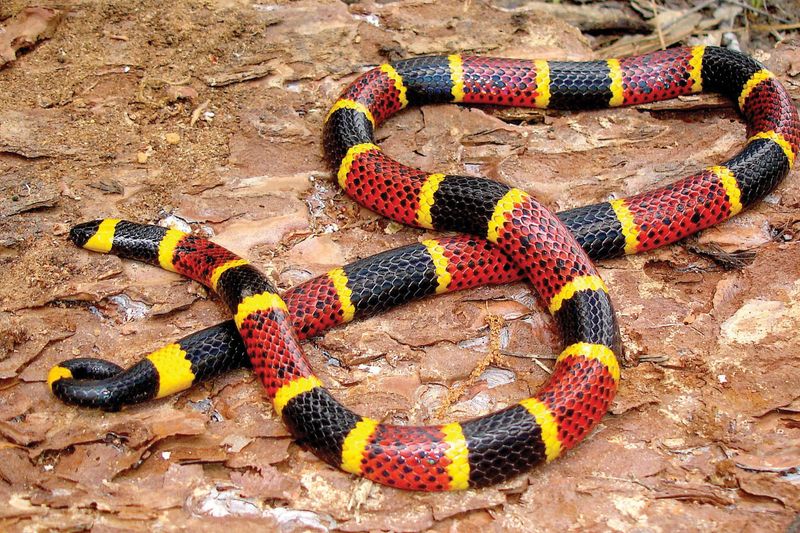
Bright colors can be nature’s way of saying, “Back off!” Many venomous snakes flaunt bold patterns as a warning sign.
Take the coral snake—those red, yellow, and black bands aren’t just for show. But here’s the twist: mimics like the scarlet kingsnake copy the look.
Knowing your local snake scene is super helpful. Some markings are dead giveaways—if you’ve done your homework.
7. Rattle Sound
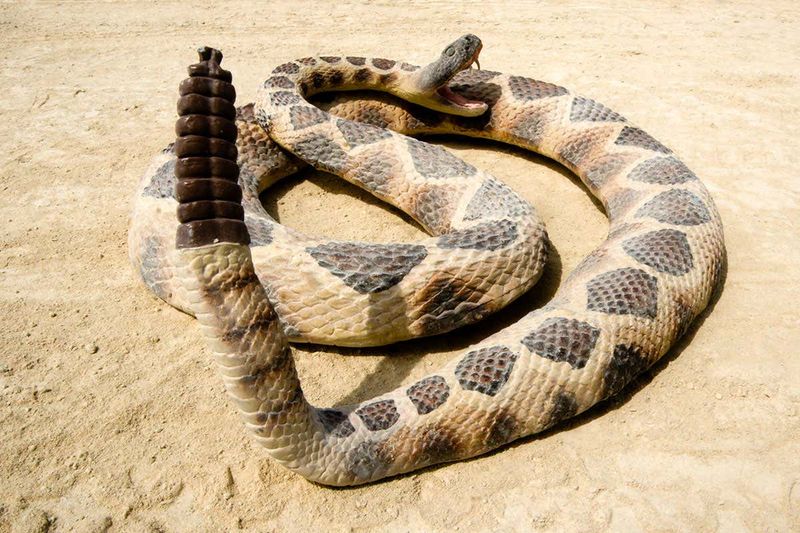
Hear that buzzing shake in the brush? That’s a rattlesnake telling you to back off—loud and clear.
Its tail has special segments that vibrate fast, creating that iconic warning sound. It’s nature’s version of “do not disturb.”
But here’s the catch—some harmless snakes fake the noise by rustling through dry leaves. So don’t rely on sound alone.
8. Body Thickness
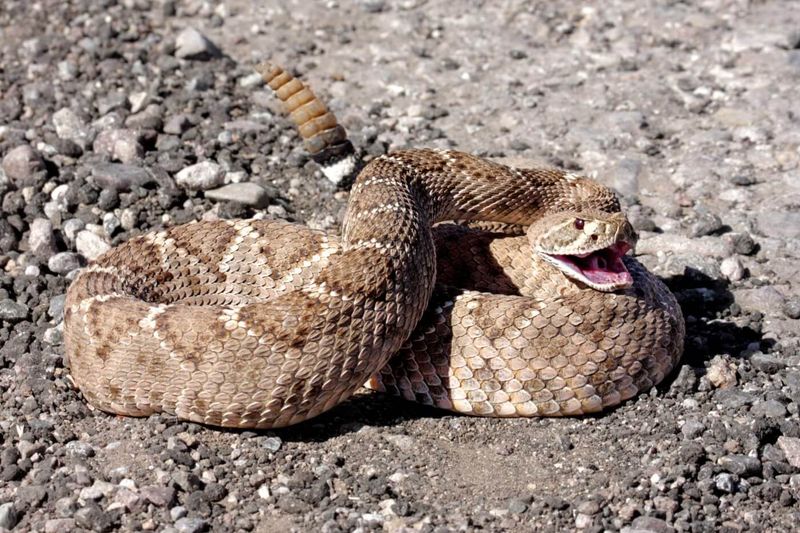
Spot a snake with a thick, chunky body? That bulk might hint at venom glands tucked behind the head. It’s a classic look for many venomous types.
But don’t jump to conclusions—some non-venomous snakes are just naturally stocky. Thickness alone doesn’t tell the whole story.
Pair this clue with others like head shape, pupil style, or even behavior. The more pieces you gather, the clearer the picture.
9. Viper Pit Organs
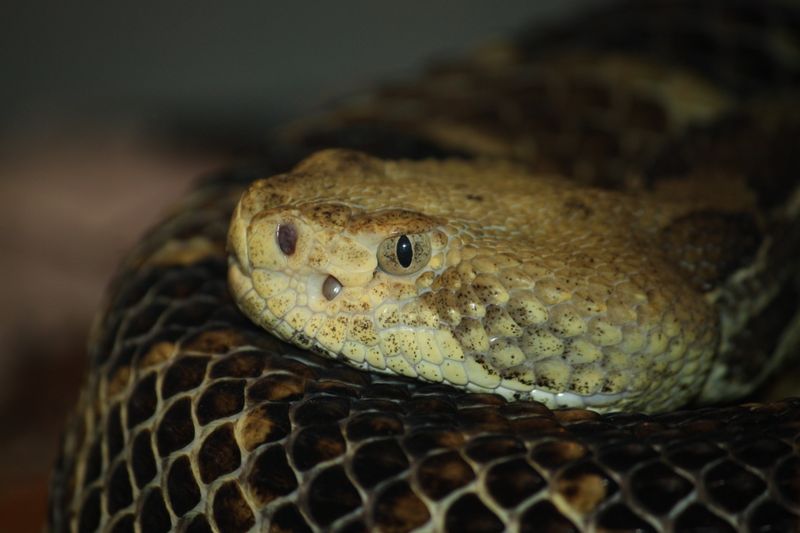
See tiny pits between a snake’s eyes and nostrils? That’s a pit viper—and yes, it’s venomous. Those heat sensors help them track warm-blooded meals.
Only certain snakes, like rattlers and copperheads, have this cool tech. Not every venomous snake comes with pits!
Spotting them isn’t easy unless you’re zoomed in, so grab binoculars instead of stepping closer. Trust us, it’s not worth the risk.
10. Tail Shape
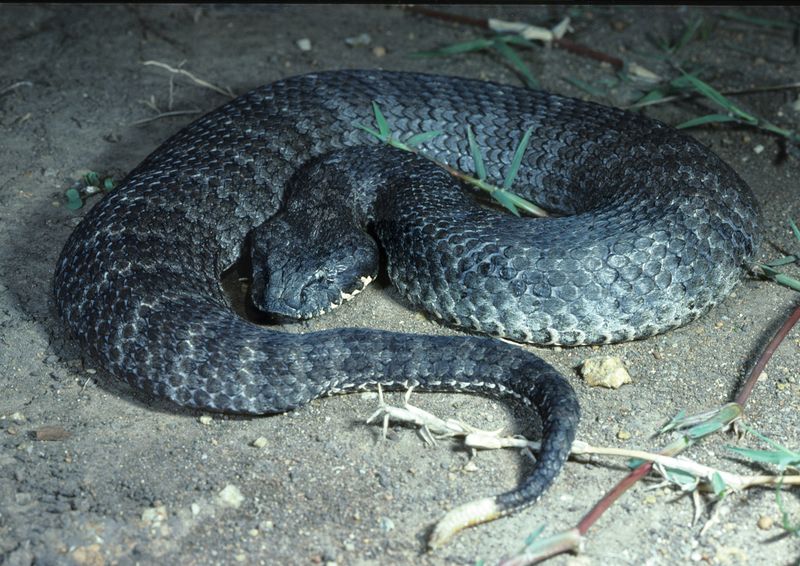
Check out the tail—it might tell you more than you think! Venomous snakes often go from thick-bodied to skinny-tail pretty fast.
That sudden taper is thanks to those hefty venom glands up front. It’s like their body’s all business near the head.
But don’t count on the tail alone—some harmless snakes look similar. Always back it up with other clues.
11. Fangs Visibility
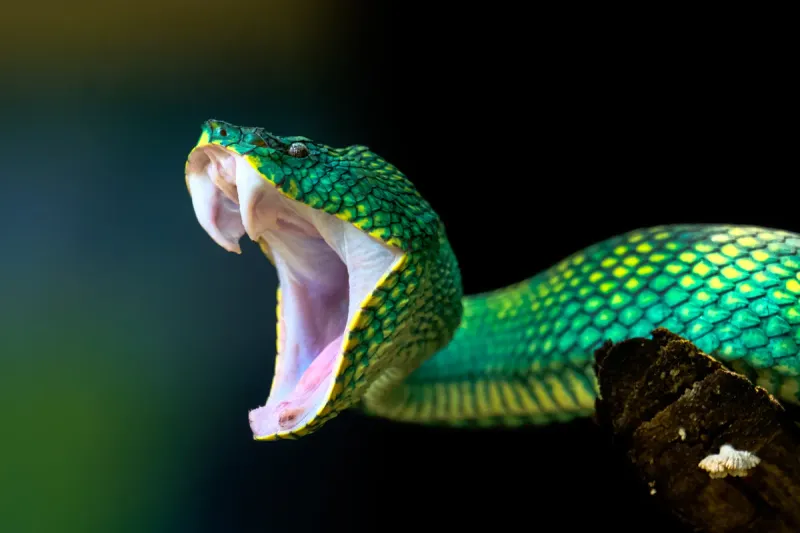
Those sharp, hollow fangs up front? Classic venom delivery tools for the real deal snakes. You might catch a glimpse if one yawns or strikes.
Non-venomous snakes have smaller teeth, more for gripping than injecting anything nasty. No big fangs, no venom punch.
But here’s the thing—getting close enough to check is a terrible idea. Leave the fang spotting to chance, not curiosity.
12. Size And Length
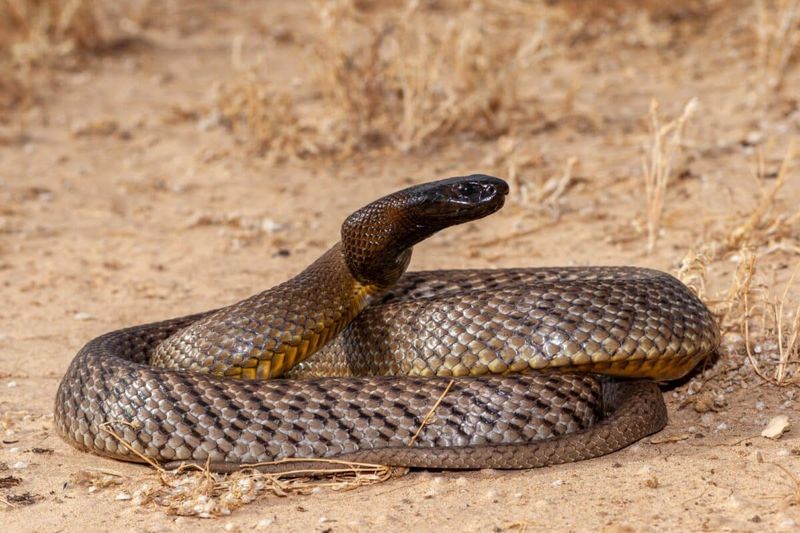
Big snake on the trail? It might grab your attention, but size isn’t the whole story. Some venomous snakes do grow large, but so do many harmless ones.
It’s really the combo that counts—big body, thick neck, triangle head? Now that’s worth a second look.
Still, never assume just by length alone. A small snake can still pack a venomous punch.
13. Movement Patterns
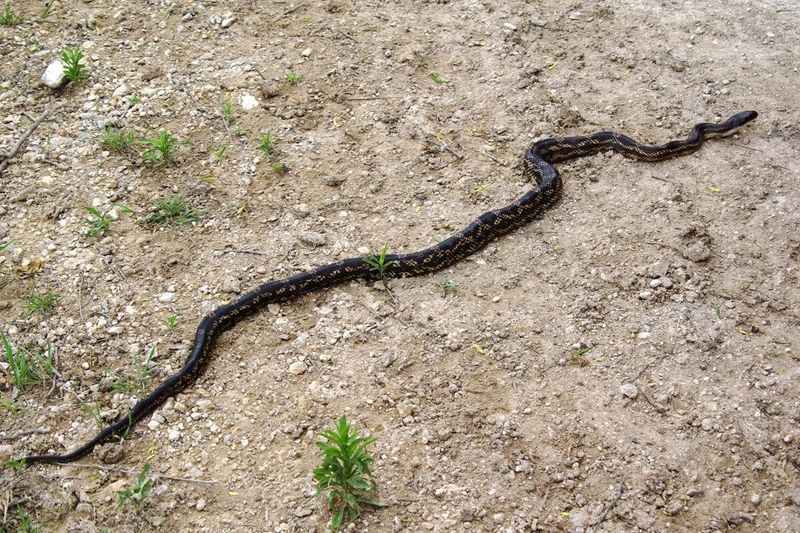
Watch how a snake moves—it might reveal more than you’d expect. Venomous types like vipers often glide in a straight line, like they’re on a mission.
This method, called rectilinear progression, looks smooth and controlled. Non-venomous snakes usually wiggle with that classic side-to-side motion.
It’s not a foolproof clue, but it adds to the bigger picture. Think of it as one more piece in your snake ID toolkit.
14. Habitat
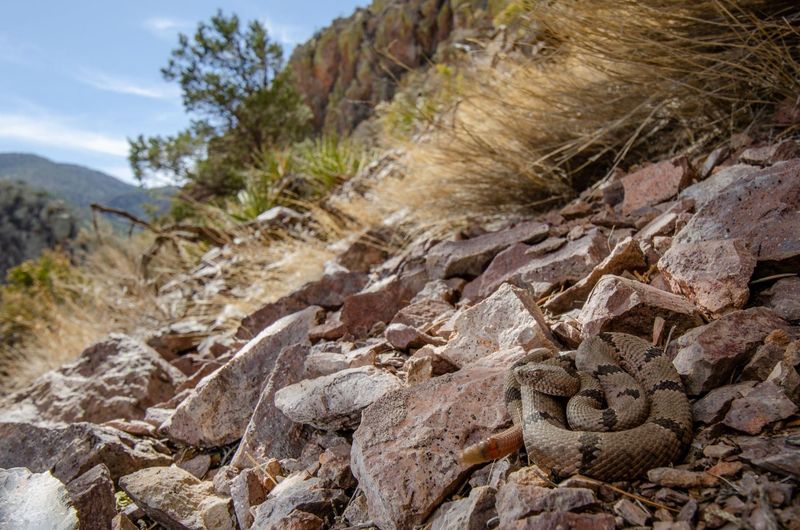
Where a snake hangs out says a lot about what kind it might be. Some venomous ones love swamps, others stick to dry, rocky spots.
Water moccasins? Big fans of ponds and rivers. Rattlesnakes, on the other hand, are all about that desert life.
Getting to know which snakes live in your area is a game-changer. Local wildlife guides are gold for this kind of info.
15. Defensive Posture
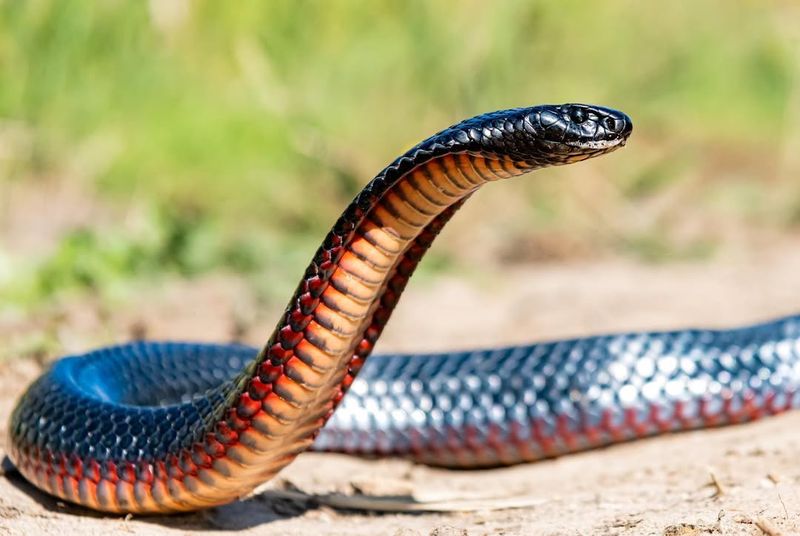
A snake’s defensive posture can tell you a lot about its potential danger.
Imagine a snake coiled tightly, its body flexed and ready to strike, reminiscent of a coiled spring. Its mouth gapes open, showcasing its fangs in a classic warning position.
This defensive stance, often observed in venomous snakes, is a clear indicator of its readiness to protect itself against perceived threats. It’s a dramatic and unmistakable sign that must be heeded.
16. Scale Texture
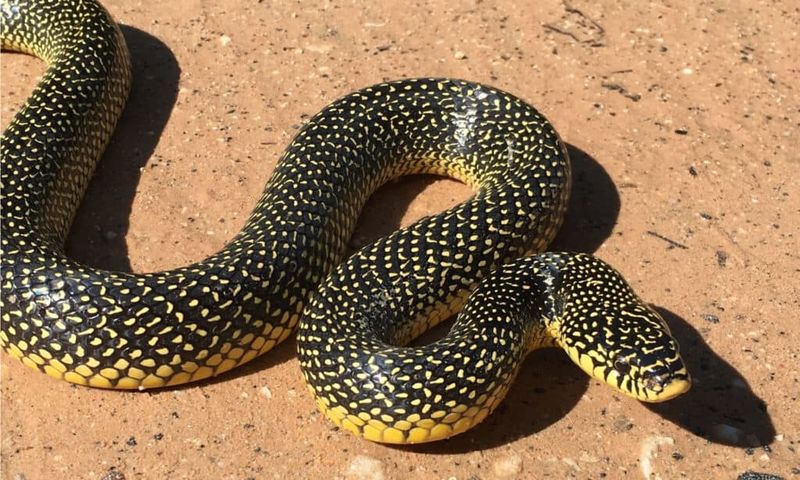
A snake’s scale texture can sometimes offer clues about its venomous nature. Smooth scales tend to be found on non-venomous snakes, giving them a shiny appearance. In contrast, rough or keeled scales are often seen on venomous snakes, which look matte or dull.
Imagine running your fingers gently over a snake; the sensation of roughness can hint at caution. This textural difference can be subtle, so observing closely under good lighting is essential.
Although not foolproof, paying attention to scale texture adds another layer of understanding in snake identification.
17. Behavioral Alertness
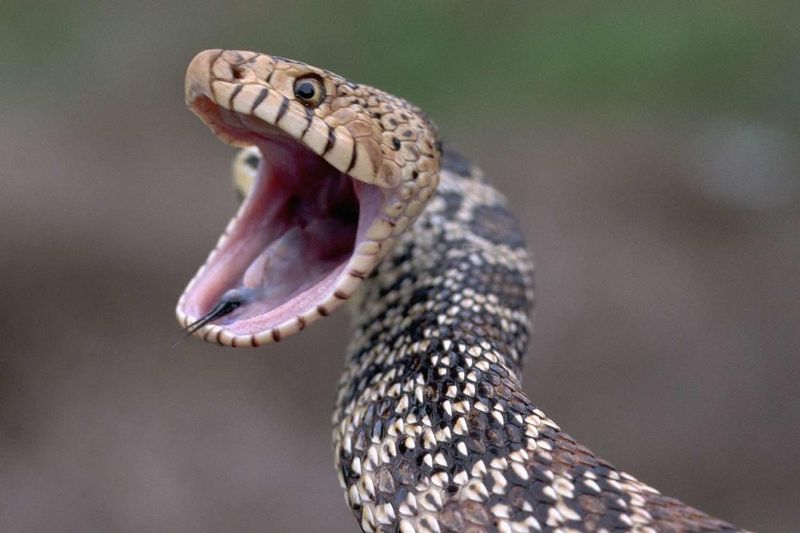
Some snakes display a heightened level of alertness, which can be an indicator of their venomous nature. While all snakes can be alert, venomous ones often exhibit a certain focused intensity when approached, like a coiled spring ready to react.
Such behavioral cues are more noticeable when the snake is disturbed in its natural habitat. The way a snake holds its head and surveys its surroundings can offer clues.
This alertness, paired with other physical traits, might help in assessing the snake’s potential danger more accurately.




